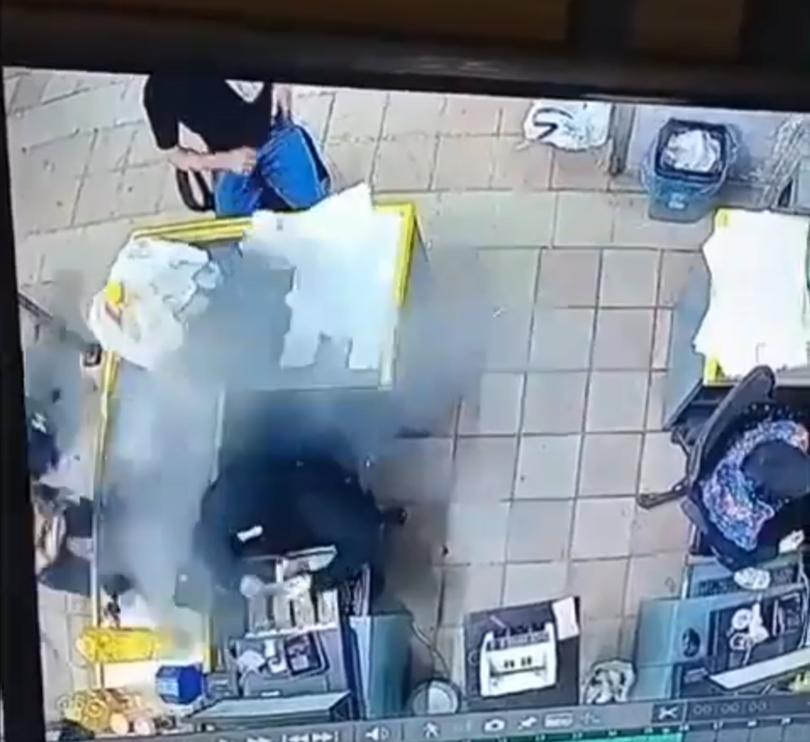What we know about the deadly pager attack on Hezbollah in Lebanon
It was a plan hatched to cause mass destruction. Explosives planted in pagers used by the militant group Hezbollah.
And at precisely 3.30pm local time, that plan was realised when the explosives were simultaneously detonated, killing nine people and wounding a further 2750 — 200 of them critically.
So who is to blame and how did they carry out such an unprecedented attack?
Sign up to The Nightly's newsletters.
Get the first look at the digital newspaper, curated daily stories and breaking headlines delivered to your inbox.
By continuing you agree to our Terms and Privacy Policy.Here’s what we know so far.
How did they do it?
It is believed explosives were hidden inside a new batch of pagers imported into Lebanon, according to officials briefed on the operation.
The New York Times reports they were ordered from Taiwanese company Gold Apollo and were tampered with before they reached Lebanon.
The explosive was implanted near the pagers’ batteries and weighed as little as 500mg. A switch was also embedded so it could be detonated remotely, which is what happened at 3.30pm local time, causing mass deaths and injuries.
It’s believed the pagers were probably intercepted and tampered with somewhere in the supply chain.
The scale of the attack, targeting thousands of Hezbollah members at once by use of their own devices is unprecedented.

Why was Hezbollah using pagers, not mobile phones?
Earlier this year, Hezbollah moved much of its communication from mobile phones to low-tech pagers after discovering that Israel was allegedly tracking Hezbollah members through cellular devices.
A pager is a wireless telecommunications device that receives and displays messages and Hezbollah ordered 3000 of them from Gold Apollo which were then distributed to Hezbollah members and allies, some in Iran and Syria, The New York Times reports.
The handheld pagers have been widely used for some months.

Photos on social media after the attack show the destroyed back panels of the pagers with the word “gold” embossed on the back, leading authorities to believe they were manufactured by Gold Apollo.
Who is to blame for the attack?
All fingers are pointing at Israel.
Immediately after the attack, Hezbollah blamed Israel and officials speaking on condition of anonymity have confirmed as much to The New York Times.
Benjamin Netanyahu’s Government has been engaged in cross-border warfare with Hezbollah, which is backed by the Iranian government, since the start of the Gaza war last October.
There have been repeated strikes from both sides across the Lebanese border. Israel is well-versed in using technology to monitor and attack its enemies.
In 1996, Yahya Ayyash, Hamas’ chief bombmaker, was killed when he answered a rigged mobile phone, The Washington Post reported.
And in 2012, Israel alongside the US jointly developed Stuxnet, a cyberweapon intended to infect and slow Iran’s nuclear weapons program but that also inadvertently corrupted industrial control computers around the world.
Israeli firm NSO Group developed and sold military-grade spyware that has been used to infiltrate the cellphones of journalists, politicians and activists.
The Israel Defense Forces has so far declined to comment on whether it was responsible for the pager attack. However, Hezbollah said Israel would receive “its fair punishment” for the blasts.
— with Reuters, The Washington Post and The New York Times

